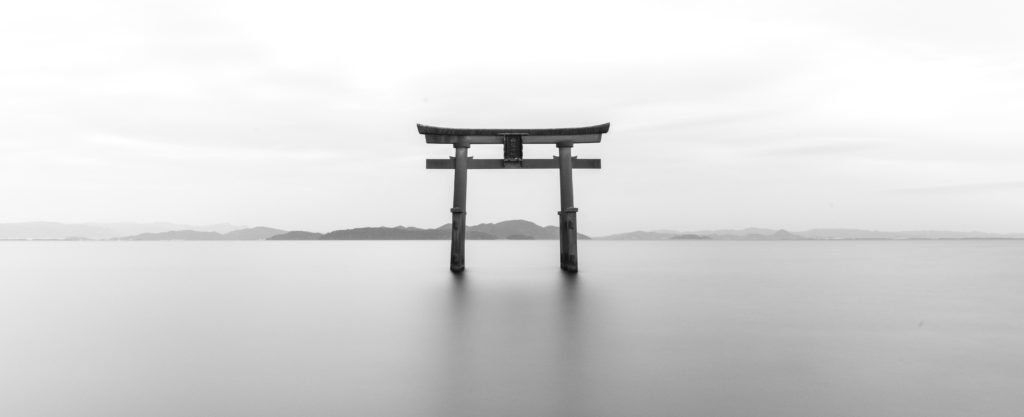Our journey to Japan
Alex Gwyther
Our interactive timeline explains what UKCDS has been doing over the past year to promote the role of science in disaster risk reduction.
Sendai, Addis, New York and Paris: 2015 is the year of global agreements.
This year decisions will be made on how the world tackles the challenges of climate change, disasters and sustainable development.
UKCDS has been working hard to promote the role of science throughout these UN negotiations, but we’ve been particularly focused on facilitating the discussions around disaster risk reduction (DRR).
On 14 – 18 March, the Third World Conference on DRR is taking place in Sendai, Japan. UN states will agree the Post-2015 Framework for DRR, which will replace the current Hyogo Framework for Action (HFA) – an agreement on how countries prepare for, and respond to, disasters.
Since March 2014, UKCDS has been working with a number of UK-based and international organisations to ensure that the contribution science and scientists can make in reducing disaster risk features more prominently in the post-2015 Framework than it did in its predecessor, the HFA. We believe that a framework underpinned by scientific evidence has the potential to save lives, encourage more targeted investment in DRR, and contribute to greater resilience over the coming decades.
We’ve convened high-level meetings with disaster experts, attended UN meetings to promote the role of science and conducted a review of what countries want from DRR science and technology.
And it seems to have worked! As of 10 March 2015, the role of science in DRR was referenced in 50 paragraphs of the (nearly final) text of the new Framework. All but seven of these paragraphs have been approved by UN Member States. This means science features under each of the four ‘priorities for action’.
This is a dramatic increase in the role of science compared to HFA, in which science was called for only in general terms: ‘Use knowledge, innovation and education to build a culture of safety and resilience at all levels’.
But how did we get to this point? I’ve created the timeline below to show the build-up to the conference in Sendai and showcase what we’ve been doing.
Key
- The different strands of the timeline show events of a certain theme.
- Black circles = events UKCDS has been directly involved in
- Bold text = products of UKCDS work
- Blue circles = events UKCDS has been indirectly involved in or informed
- Grey circles = events UKCDS has not been involved in
UKCDS will be attending the conference in Japan, in part to present our review of countries’ needs, and we’ll make sure to keep you up to date on how it’s all going.
The Overseas Development Institute (ODI) will also be covering the conference with live updates from the event featured on their Sendai-dedicated webpage.
One of ODI’s aims is to understand the next steps required to achieve the targets laid out in the new Framework. They’re asking for your help in answering the question: To achieve the aims of the post-2015 framework for disaster risk reduction, what do you think needs to happen next?
